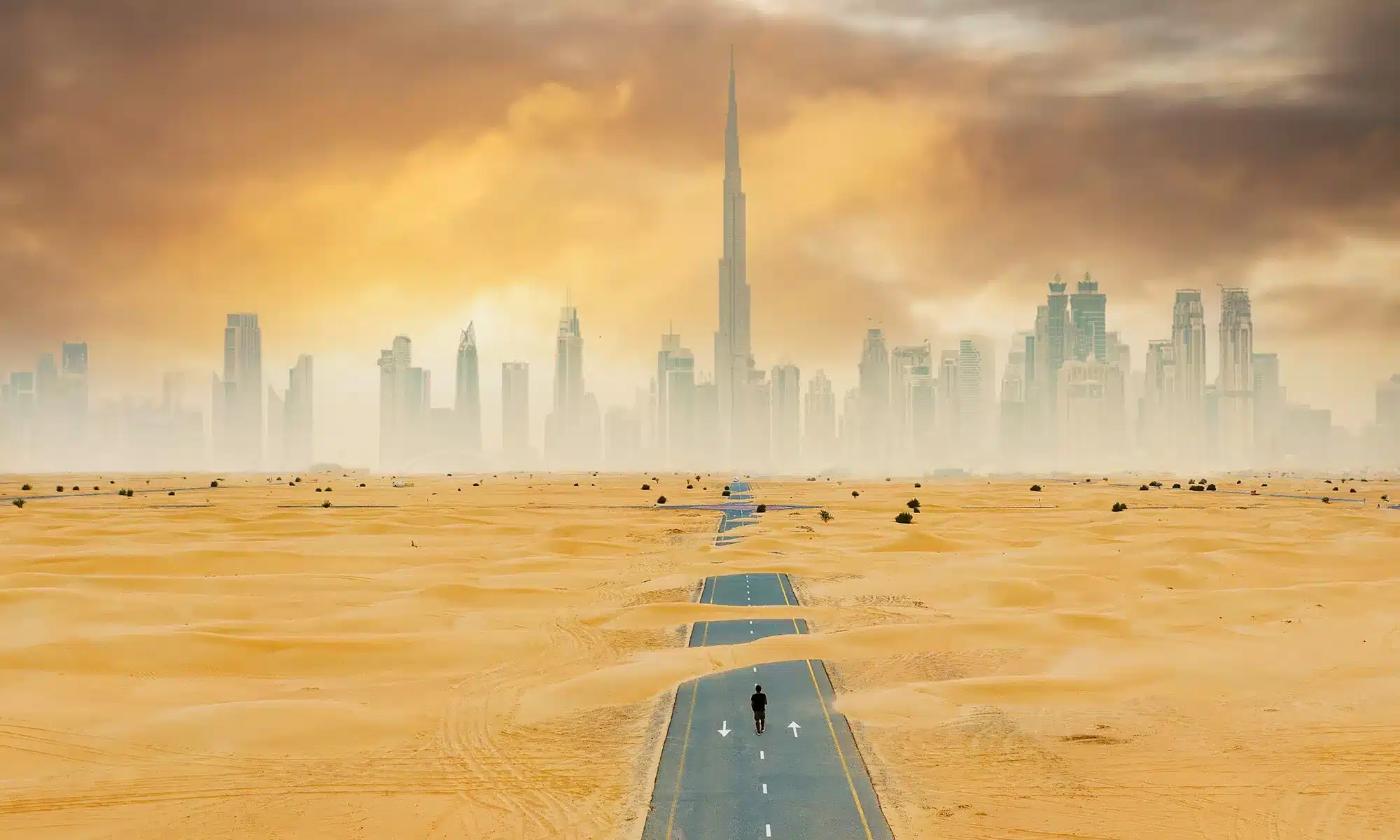The Middle East has been in the news a lot lately, but not for good reasons. The region is currently facing many issues, including water shortages, dust storms, and war. All of these factors contribute to making the Middle East an increasingly difficult place to live. In this article, we’ll take a look at whether or not the Middle East will become uninhabitable in the future.
The global warming effect on the Middle East
The Middle East is one of the most vulnerable regions in the world to the effects of climate change. The region is already facing a water crisis, and as global temperatures rise, the situation is only expected to get worse. Drought and heat waves are becoming more common, and could potentially render the region uninhabitable in the future.
If you’re interested in learning more about the potential impacts of climate change on the Middle East, be sure to check out our blog. We’ll be regularly posting articles about the latest research and developments on this topic.
According to a new study, published in the journal Nature Climate Change, by the end of the century, the Middle East could become too hot for human habitation. The study found that if emissions continue to rise at their current rate, the average temperature in the region could exceed the physiological limit for human tolerance by 2070.
This would mean that even if we were to find ways to adapt to the heat, such as air conditioning and water rationing, eventually it would become too hot for us to survive.
The study highlights the need for urgent action to address climate change. If we don’t act now, the Middle East could become uninhabitable in just a few decades.
The Middle East will become uninhabitable in future
The Middle East is one of the most water-stressed regions in the world, and its population is projected to grow significantly in the coming years. This combination of factors could make the region uninhabitable in the future.
Water stress is already a major problem in the Middle East, and it is only going to get worse as the population grows and climate change causes more extreme weather conditions. Droughts are becoming more common, and when they do occur, they are lasting longer and affecting a larger area. This is putting immense pressure on water resources, and unless something is done to address the issue, the Middle East could become uninhabitable in the future.
There are some steps that can be taken to mitigate the effects of water stress, such as increasing water efficiency and investing in alternative sources of water, but it will require a concerted effort from all stakeholders to make a difference. Otherwise, the Middle East could become a dust bowl within a few decades.



















